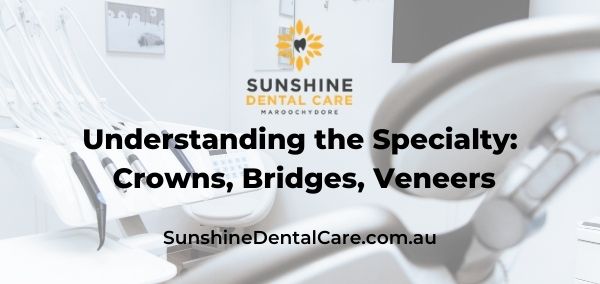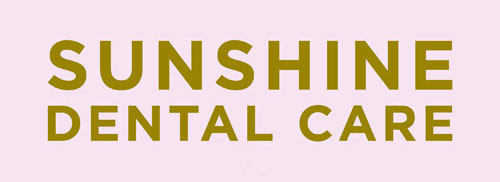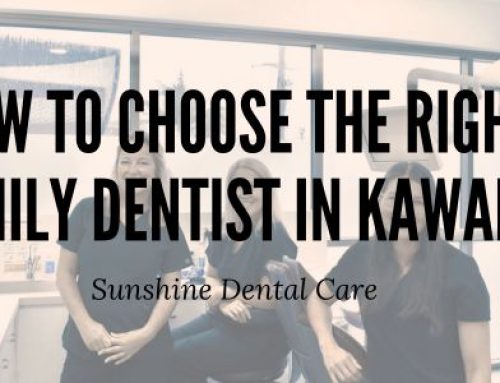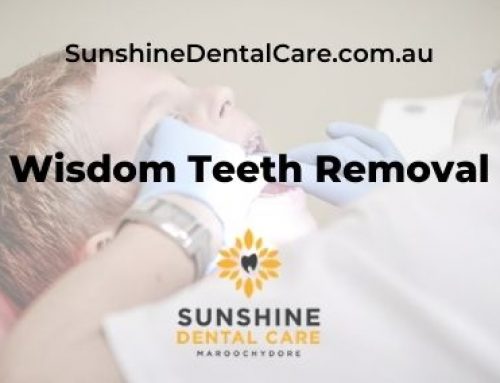 Dentists have a unique challenge compared to their counterparts in other medical fields. Your teeth are one of the few parts of your body that aren’t able to heal themselves, with damage that is done to them lasting for the rest of your life. This means that many of the treatments you will receive from a dentist are designed to replace rather than repair, and this has led to a huge range of complex procedures that these professionals perform. We’re going to take a look at crowns, bridges, and veneers in this article, giving you an idea of how these treatments work.
Dentists have a unique challenge compared to their counterparts in other medical fields. Your teeth are one of the few parts of your body that aren’t able to heal themselves, with damage that is done to them lasting for the rest of your life. This means that many of the treatments you will receive from a dentist are designed to replace rather than repair, and this has led to a huge range of complex procedures that these professionals perform. We’re going to take a look at crowns, bridges, and veneers in this article, giving you an idea of how these treatments work.
What Are Crowns?
Crowns are small caps that are designed to support weak or broken teeth. Crowns are usually recommended after Root Canal Treatment as this procedure can eventually make the tooth brittle and more prone to cracks and fractures.
The dental experts at Sunshine Dental Care have a lot of experience with crowns, and this process will always start by taking an impression of the tooth that is being worked on. This enables your dentist to create a temporary crown that fits your mouth perfectly while you’re waiting for the real thing.
One of the key benefits of crowns is that they can be practically unnoticeable if you want them to be, but they can also be made from metals like gold if you want to stand out. They can save you from having your teeth removed, will improve your smile, and can make life a lot more comfortable, making them well worth it for many patients.
What Are Veneers?
Unlike crowns and bridges, veneers are usually designed to improve your appearance, rather than solving dental health problems. Veneers are extremely thin layers of ceramic or composite material that are added to your teeth to make them look whiter, remove the signs of damage, and generally improve your smile.
The process of getting veneers starts with removing the outer layer of your teeth. Once this is done, impressions will be taken, creating a model of your mouth that can be used to create veneers that will fit perfectly. Following your veneers being fitted, you will need to work hard to make sure that they are maintained.
Veneers come with some benefits, though they aren’t as practical as crowns and bridges. Having veneers can make your teeth less sensitive and improve their strength, while also making you feel a lot more confident in your smile. Veneers can be a great addition to anyone’s dental care, but you have to be prepared to work if you want to keep them in good shape.
What Are Bridges?
Dental bridges give patients the chance to replace lost teeth without having to rely on full-scale dentures. This type of tooth replacement relies on the teeth either side of the missing one, using them to support a structure (bridge) that will house a fake tooth. There are a number of ways to approach this sort of treatment, though Sunshine Dental Care can handle them all.
- Traditional Bridges: Regular traditional dental bridges rely on both of the teeth beside the missing one, using dental crowns to make it possible to suspend a fake tooth in the middle.
- Cantilever Bridges: Cantilever bridges are very similar to traditional ones, though they only use one tooth to support the fake one.
- Adhesive Bridges: These bridges use a metal or porcelain bracket to hold the fake tooth in place, saving the dentist from treating the nearby teeth that have survived.
- Implant Bridges: Implant bridges use a dental implant to enable fake teeth to be added anywhere inside your mouth. This is great when you have a lot of missing teeth.
Bridges are one of the best ways to solve the problem of missing teeth, but you have to choose the right example for you. Traditional, cantilever, and implant bridges are great when you only have one or two teeth missing, while implant bridges are ideal for those with a lot of missing teeth.
Getting the right dental support is crucial when you’re exploring services like these. Many people find themselves struggling with their dental health, but Sunshine Dental Care is here to help, and you need only call us on 07 5475 4866 to start the ball rolling on your next dental treatment.





